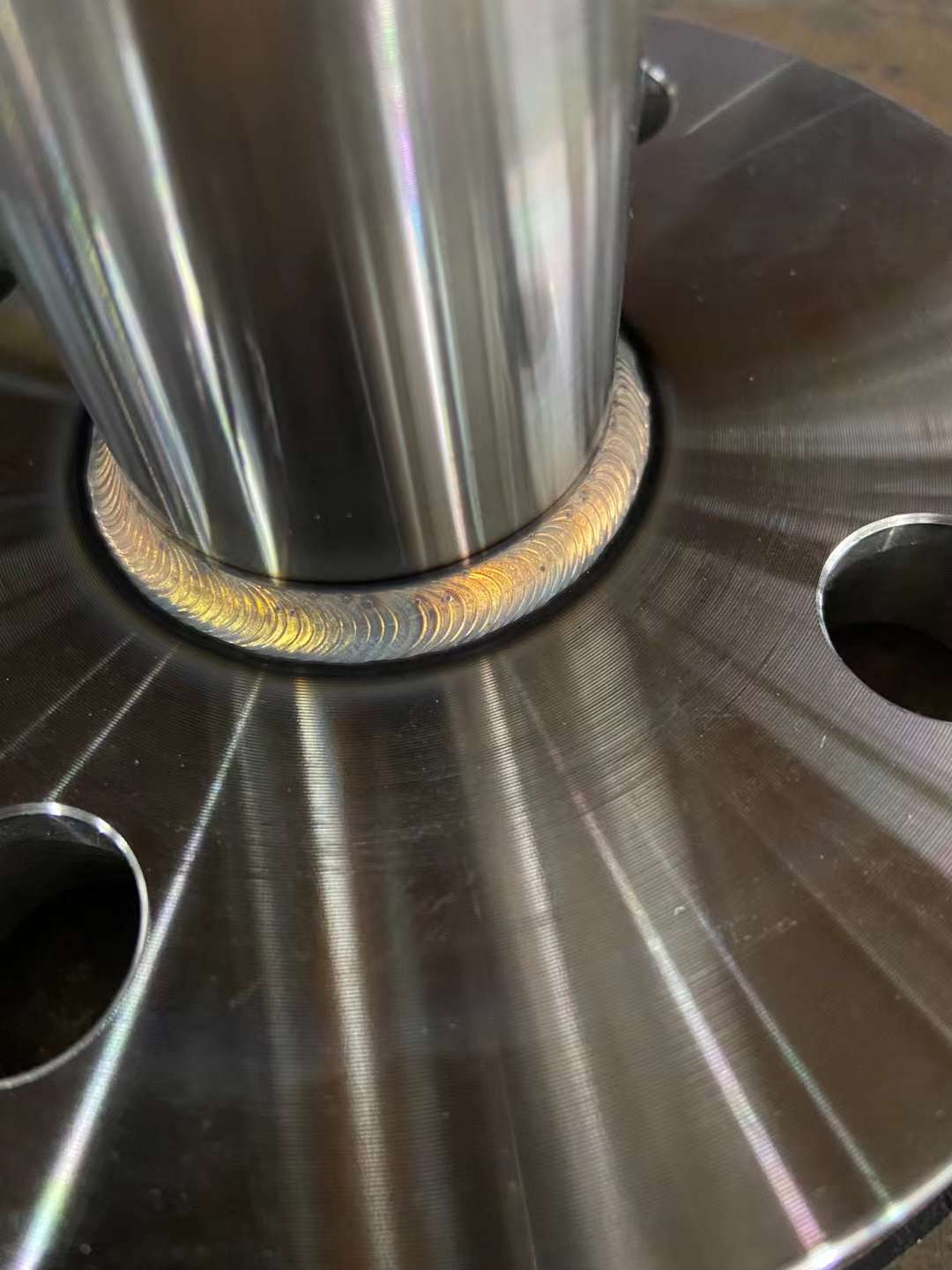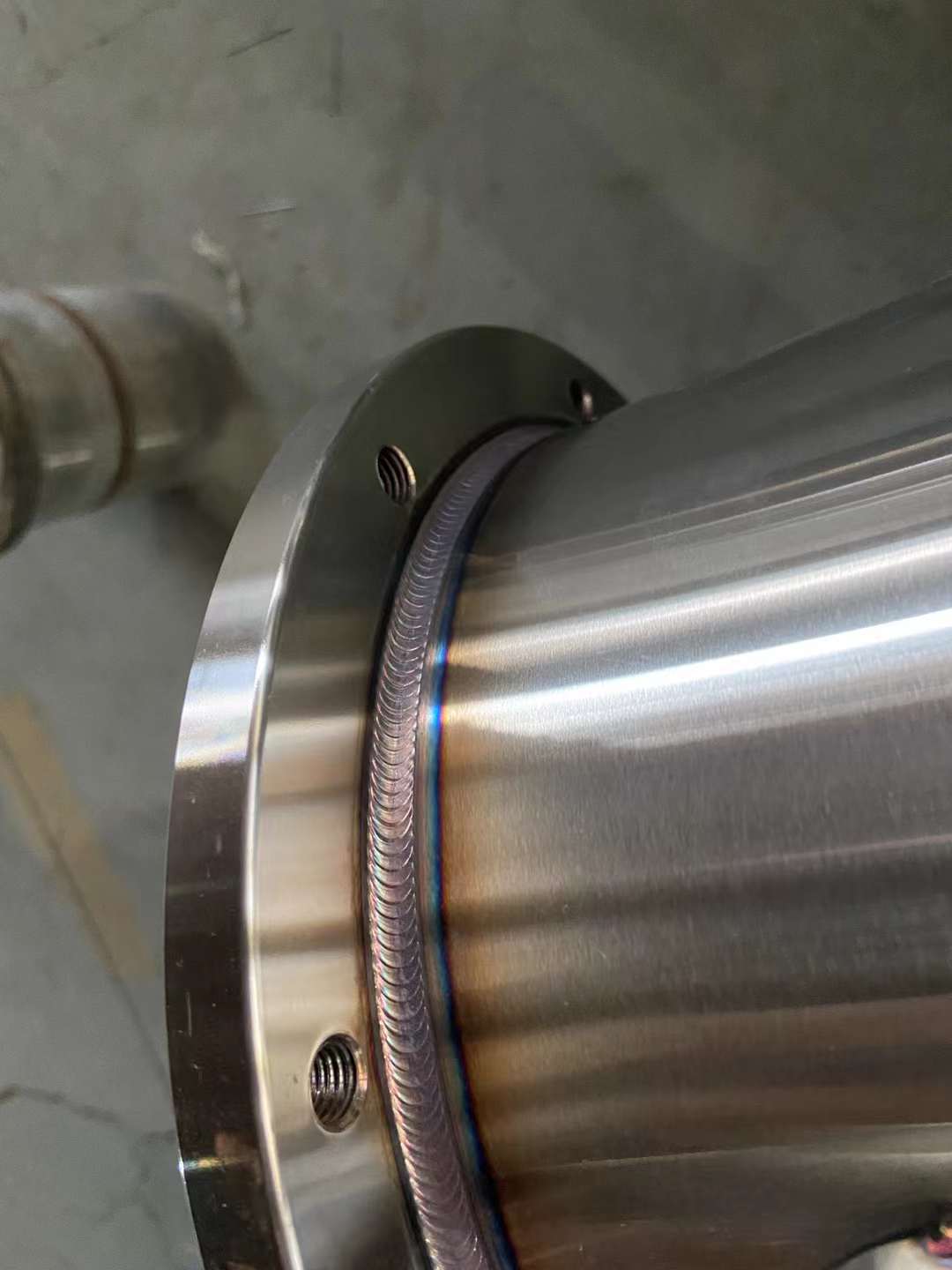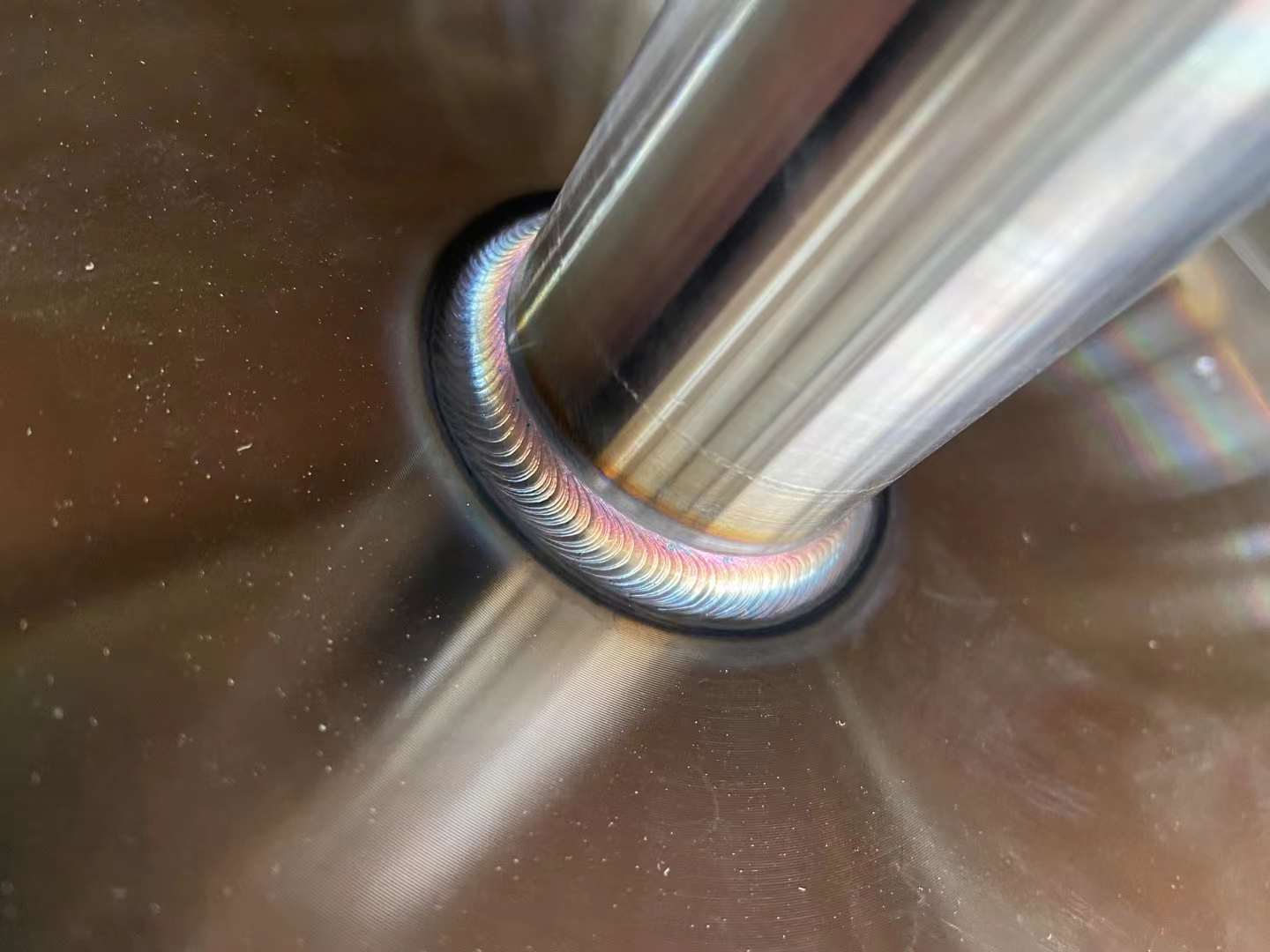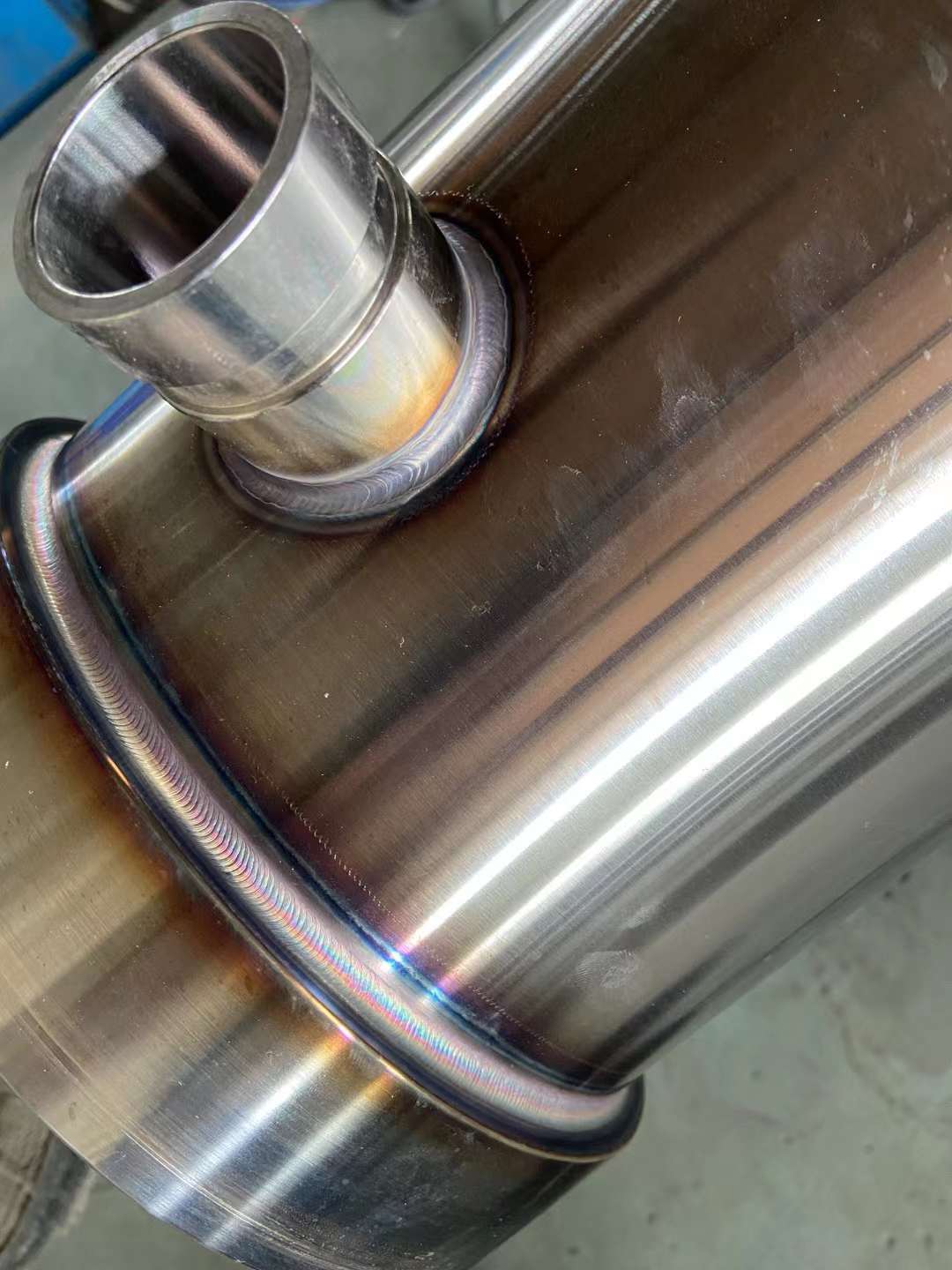Food grade membrane housing is a sanitary, food-contact pressure vessel designed for hygienic service in dairy, beverage, flavors and nutraceuticals. It combines 316L construction, ASME BPE finishes (SF1/SF4), orbital TIG with verified purge, and FDA/EU-compliant gaskets to ensure cleanability across CIP/SIP cycles.
1) Regulatory & Standards Map (What “Food-Grade” Really Means)
- Food-contact framework — EU 1935/2004; US FDA food-contact rules (gaskets/elastomers under 21 CFR 177.2600).
- Hygienic design — 3-A Sanitary Standards / EHEDG hygienic design principles for crevice-free, drainable, cleanable construction.
- Surface & fabrication — ASME BPE finish classes (e.g., SF1/SF4) and orbital-weld best practices for smooth, fully penetrated, purge-protected welds.
- Materials & documents — ASTM A270 (sanitary tube), ASTM A967 (passivation), EN 10204 3.1 MTR traceability, pressure test & QA dossier on shipment.

2) Food Grade Membrane Housing Materials & Surface Finish (Cleanability First)
- Base metal: default SS 316L (Mo-alloyed, better chloride resistance) with low-carbon grade to reduce sensitization risk; SS 304 available for low-chloride utilities.
- Internal finish options:
- SF1: Ra ≤ 0.51 μm (mechanically polished), economical for standard food service.
- SF4: Ra ≤ 0.38 μm (electropolished), preferred for stringent hygiene and reduced biofilm risk.
- Post-weld treatment: heat-tint removal + chemical passivation (ASTM A967) to restore the chromium-rich passive layer.
- Gaskets & seals: FDA-compliant EPDM/FKM/PTFE/Silicone as specified by media, temperature, and CIP/SIP chemistry; lubricants use NSF H1-grade only.
3) Welding for Sanitary Service (Orbital GTAW + Verified Purge)
- Process: orbital GTAW/TIG with internal purge to protect root; weld maps maintained against serial numbers.
- Welder qualification: per ISO 9606-1; WPS/PQR on file and available in the documentation pack.
- Inspection: borescope images for every circumferential weld; dye-penetrant where applicable; ferrite checks on welds if specified.
- Finishing: mechanical blend where needed without undercut; electropolish option to reach SF4.

4) Hygienic Geometry & Connections (Drainable, Crevice-Free)
- No dead legs: “dead-leg length ≤ 2× branch diameter” design rule for ports and gauges.
- Full drainability: housing oriented with slope ≥ 1% toward sanitary drain; end caps designed to avoid product traps.
- Connections: sanitary tri-clamp ferrules as default; dairy ends, DIN/ISO clamp, or RJT on request.
- Cleanability: rib-free seals, uniform compression, and gasket intrusion control to ensure repeatable CIP.
5) QA/QC & Validation Dossier (What You Receive)
- Material traceability: EN 10204 3.1 MTR for major wetted components.
- Surface verification: Ra test records (critical areas), electropolish certificate if SF4 specified.
- Weld quality: welder quals, WPS/PQR, weld map + borescope photo log.
- Pressure integrity: hydrostatic test report at 1.5× design pressure; leak test before shipment.
- Compliance pack: FDA/EU compliance declarations for gaskets/seals, passivation certificate (ASTM A967), and cleaning recommendations (CIP/SIP).
6) CIP/SIP Compatibility (Typical Ranges)
Compatible with alkaline/acid CIP (e.g., NaOH 0.5–2.0%, HNO₃/H₃PO₄ 0.5–1.0%) and SIP up to 121–135 °C depending on gasket selection. We provide media-specific limits and elastomer compatibility tables in the QA pack.

) Standard Food-Grade Membrane Housing Specs
| Modelo | Element | Material | Internal Finish | Connections | Design Pressure | CIP/SIP | Documentation |
|---|---|---|---|---|---|---|---|
| SW-Sani-4040 | 4″ × 40″ | SS 316L (wetted), 304 shell optional | SF1 (Ra ≤0.51 μm) or SF4 (Ra ≤0.38 μm, EP) | Tri-clamp ferrules, 1.5″ / 2.0″ | 300 psi (2.07 MPa) standard; higher by request | CIP up to 85 °C; SIP up to 121–135 °C* | 3.1 MTR, Ra report, hydrotest, passivation cert, gasket FDA/EU CoC |
| SW-Sani-8040 | 8″ × 40″ | SS 316L (wetted), 304 shell optional | SF1 or SF4 | Tri-clamp ferrules, 2.0″ / 2.5″ | 300–450 psi (2.07–3.10 MPa) per design | CIP/SIP as above* | Same as above + borescope photo log |
*Final limits depend on selected elastomer (EPDM/FKM/PTFE/Silicone) and cleaning chemistry.

8) RFQ Checklist (Copy & Paste to Your Inquiry)
- Process media & target product (e.g., dairy permeate, juice concentrate, flavors)
- Max temperature / pressure, cyclic profile, and design code requirements
- Surface finish target: SF1 or SF4 (internal); external cosmetic grade if needed
- Connection type & size: tri-clamp / DIN / ISO / RJT; drain orientation
- Gasket choice: EPDM / FKM / PTFE / Silicone + required compliance (FDA/EU)
- CIP/SIP regime & chemicals; required cleanability tests (e.g., riboflavin optional)
- Documentation pack: 3.1 MTR, Ra map, hydrotest, weld dossier, passivation cert
- Packaging & labels: cleanroom poly-bagging / desiccant / palletization spec
Send the checklist to Stark Water and we’ll return a design + quote within one business day.

9) FAQ
304 vs 316L for food membrane housings?
Both are food-contact suitable; 316L (Mo-alloy) offers better pitting resistance under chloride and hot CIP, making it the default for dairy/beverage. 304 is acceptable for low-chloride utilities and budget-sensitive projects.
Do you provide electropolishing for SF4?
Yes. We can electropolish the entire internal wetted surface and issue an Ra report meeting SF4 (Ra ≤0.38 μm), plus a passivation certificate.
What proof of “food-grade” do I get?
Gasket FDA/EU compliance declarations, EN 10204 3.1 MTRs, surface roughness reports, hydrostatic test, welding dossier (ISO 9606-1-qualified welders), and passivation per ASTM A967.

